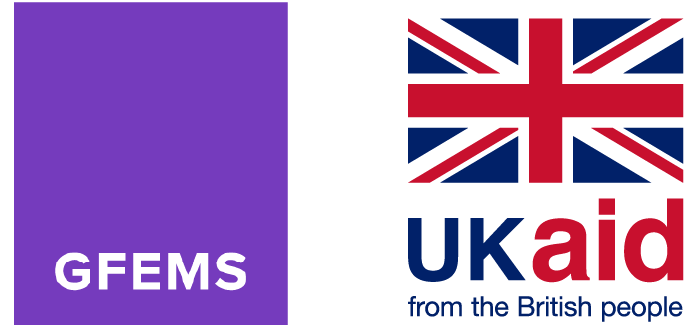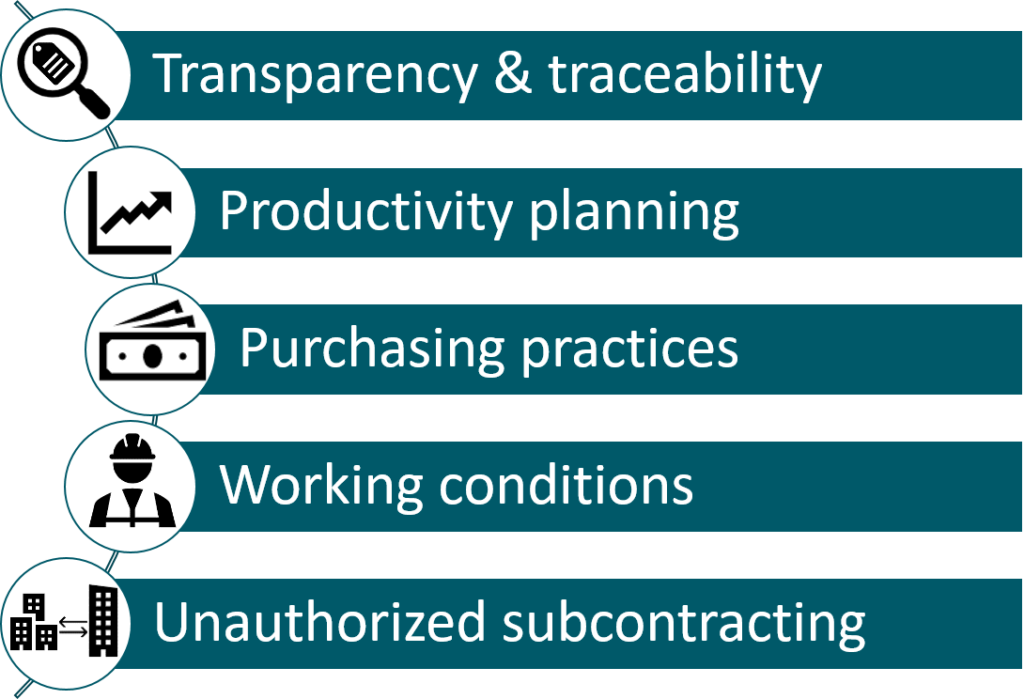SAI’s Supplier Capacity Program aims to improve transparency and working conditions in the global apparel supply chain through the development of a production capacity calculator, by working with brands to improve purchasing practices, and by directly connecting buyers and suppliers that are both committed to improving their labor performance.

In early 2020, SAI received additional funding for the program’s technical development that will allow us to expand our impact beyond suppliers in Bangladesh. The support from the Global Fund to End Modern Slavery (GFEMS), with UK aid funding from the UK government, will support the inclusion of suppliers in India in every stage of the program, with a specific focus on reducing the risks for modern forms of slavery in apparel sub-suppliers.
By gaining a comprehensive understanding of the factors affecting production capacity and developing an accurate capacity calculator, this project will help suppliers improve their production planning. Currently, most suppliers are not able to accurately predict their production capacity, and as a result take on unrealistic targets. This can lead to poor outcomes and forced labor conditions for workers, such as excessive overtime, unsafe working conditions, or outsourcing production to unregulated facilities that are often beyond the scope of brand and third-party social audits.

Improving their ability to measure and predict capacity will not only help suppliers improve productivity, better plan their work, and improve working conditions for their employees, it will also improve their negotiating position with brands. Through this project, we will be able to study and quantify the effects of specific brand practices on suppliers, demonstrating that certain practices harm suppliers’ ability to perform and directly undermine their own social performance requirements.
An additional piece of this program will seek to incentivize suppliers to disclose their subcontractor partners in negotiations with brands. A crucial element of the project will be helping sub-suppliers improve poor labor practices, bringing their relationships with formal suppliers out of the shadows, and helping them become part of the formal supply chain.
Ultimately, we hope these improvements, and many more we anticipate from this project, will increase transparency, improve buyer-supplier communication and relationships, and raise the standard for social performance in the apparel industry.
